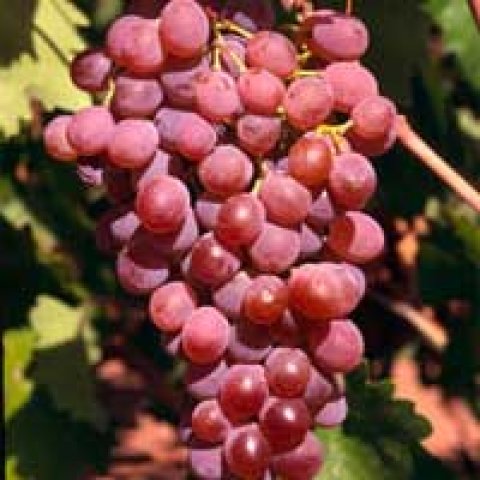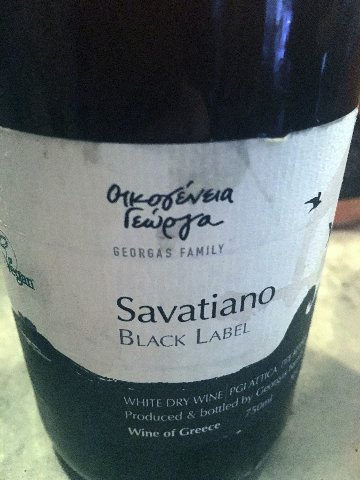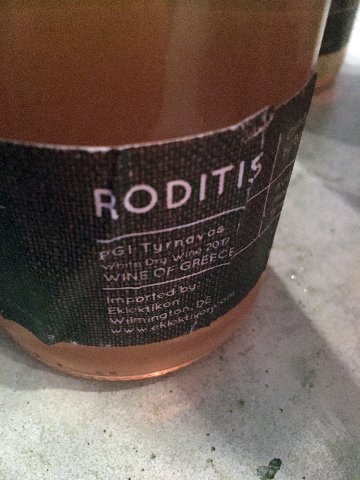Wild Yeast Wines Are In
Sulfite Free Wines Are Here
By: Philip S. Kampe - Apr 05, 2018
The other day I attended a wild yeast wine tasting- a collaborative group of natural wine and even beer and cider small, regional importers who wanted to show their wares to the trade. Since I am employed as a wine scout- a person who seeks wines for retail shops= _my journalistic hat was taken off so I could find and suggest wines to shops.
Wines at this event featured all wild fermented organic or biodynamic grapes that did not have sterile filtration or fining. What I found was that these wines were very alive and represent their terroir.
Grapes that made up the wines, some international, but many were indigenous varietals from a spectrum of European and North and South American countries. Importers that are members of the Wild Yeast Wine Group include: Eklektikon, Maritime Republic Imports, Brazos Imports, Artisanal Cellars and Steep Hill Imports. Add Purity Wine from California and La Garagista from Vermont to the list as producers.
Of the fifty or so wines that were sampled, I will focus on two wines or grapes that stole the show for me. Both wines were from Greece and both wines were named for the grapes used to make the wines.
The first wine used the Savatiano grape-the most planted grape in Greece and known worldwide as the grape ‘Retsina’ is made from. Savatiano, as I was taught, is a very hardy grape, more resistant than most grapes to drought and disease. Central Greece, where it is grown gets very hot and remains dry for months. Savatiano appears to enjoy the arid conditions.
The grape when vinified takes on different shades of yellow. The one I sampled contained no sulfites, was unfiltered, and straw colored. Eklektikon imports the wine, a 2017. The wine I sampled was very woodsy with huge overtones of hazelnuts. It was unlike any wine I had sampled before. It lost its classic Retsina pine and tar flavor and was transformed to a luscious wine unfamiliar to the hundreds of thousands I had sampled during the course of my lifetime. This wine must be served cold. When I was leaving and tasted the wine at room temperature my palate was not as intrigued.
The second grape and name of the second wine is Roditis- a grape that is linked to a pink-red grape clone (see photo) and is found throughout Greece. Often the grape is blended with the drier Savatiano grape to produce Retsina.
Roditis is best suited for higher altitudes, where the terroir-driven grape can thrive and turn into a superstar. Roditis wines at their best are full-bodied and complex. The one I sampled was pink in color. This is attributed to the grapes' color and was citrus like in flavor. I am sure the wine was unfiltered. It had a very earthy, yeasty quality and, to me, exhibited what the Wild Yeast movement is all about. That entails fermented wines from organic or biodynamic grapes, without sterile filtrations or fining.



